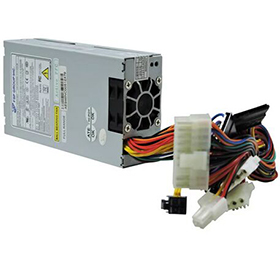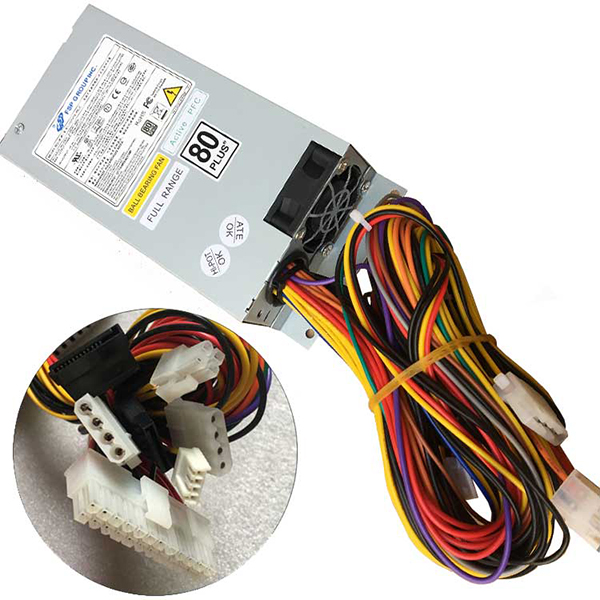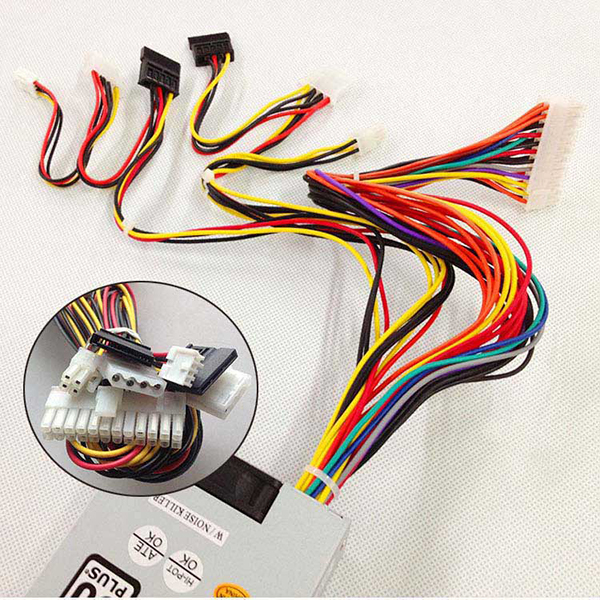FSP power supply


Brand new FSP Group FSP270-60LE 270W TFX12V 80 PLUS Certified Active PFC Power Supply.All power supplies are tested by our in house technicians and they are guaranteed to function properly.
Please make sure that you are ordering the correct power supply. All of the compatible models listed below come in different sizes and each size has a different power supply. Please check the part #'s, pictures and specifications carefully to make sure that you are ordering the correct power supply.
Part Numbers: FSP270-60LE
Output Power: 270Watt
AC Input: 100-240V, 5-3A, 50-60Hz
Product Size: 15*8*4 CM
Connectors: MB 24pin*1; CPU 4pin *1; SATA*2; IDE*2
80 PLUS
Low Ripple & Noise
Output over voltage protection
Short circuit protection on all outputs
Resettable power shut down
100% burn-in under high ambient temperature(50℃)
Vacuum-impregnated transformer
MTBF:100K hours at 25℃
100% Hi-pot tested
Line input fuse protection
9PA2700725
Compatible Part Numbers:
FSP270-60LE, FSP250-50GUB


1.Remove the dead pc power supply Once you've disconnected all the leads, look at the rear of the case and find the three or four screws holding the power supply in place. Remove them, then gently lift out the PS, making sure that the cabling doesn't get tangled on, say, a RAM module or expansion card and accidentally pull it loose.
2. Install the new FSP FSP270-60LE Pc power supply Out with the old, in with the new. Make sure the replacement Pc power supply is set to the correct voltage. Once the old PS is out, put the new one in its place and screw it in. Now just reverse the steps you performed: connect the leads to their respective outlets, replace any extracted components, and consult your photos to make sure you've left no lead unplugged. (You'd be surprised how easy it is to forget, say, the DVD lead, especially when you've spent 10 minutes trying to wedge in that pesky front-panel lead.)
3. Fire it up Before you close up the case, make sure everything works. Connect the power cord to the Pc power supply, plug in your monitor and keyboard, and fire up the machine. Unless you've failed to connect the main leads to the motherboard, it should come right to life, just like before. Let it boot completely, then check to make sure there's power to the optical drive(s) and, if applicable, the front panel.